Specialized Transportation: Logistics on a Mission
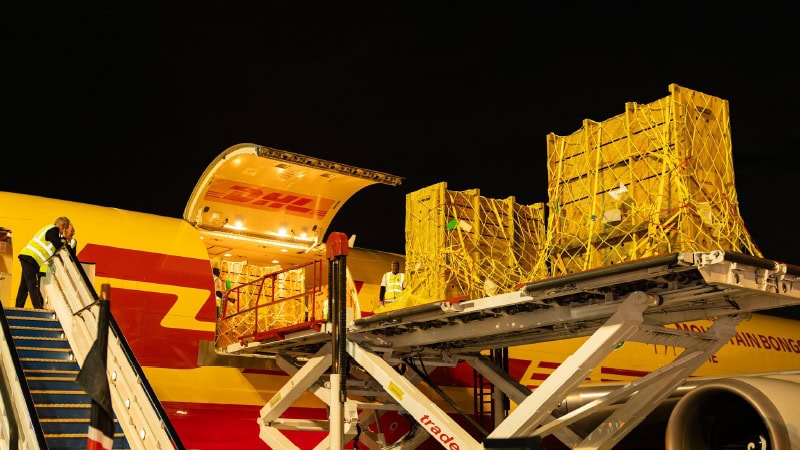
Ingenious methods, precise planning, and customized solutions drive the movement of critical, oversized, and unique cargo worldwide.
Project logistics involves unique, oversized, heavy, or high-value freight that standard shipping can’t accommodate. It’s a bespoke transportation solution, moving anything from exotic animals to race cars to a floating offshore wind farm. This specialized field involves complex planning, custom routes, and specialized equipment and often requires permits and escorts. Early engagement with a project logistics provider is crucial; look for proven experience, robust risk management, and a strong network to ensure a successful, smooth delivery. By understanding the intricacies of project logistics, you can transform what seems like an impossible shipping challenge into a smoothly executed, successful delivery. Here are a few examples.
A Home for the Antelopes to Roam
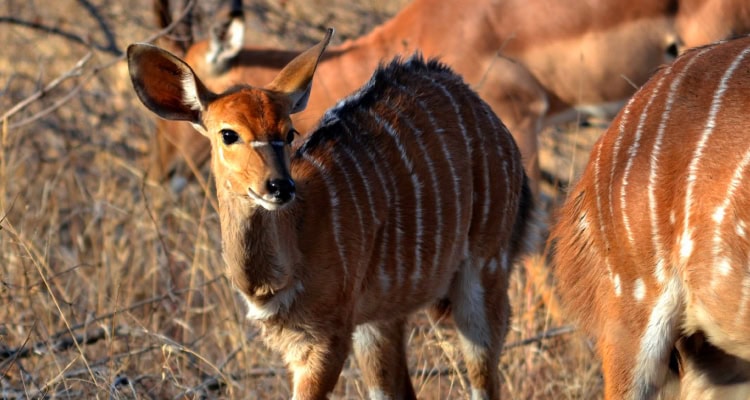
With logistics precision and a commitment to conservation, DHL Express recently completed a special delivery—transporting 17 critically endangered mountain bongo antelopes from Florida to Kenya. The move was orchestrated in partnership with Tusk, a conservation charity focused on Africa-led wildlife initiatives. The animals, bred at the Rare Species Conservatory Foundation (RSCF), required a custom solution due to their endangered status and the need to travel as a single herd.
DHL deployed a dedicated cargo aircraft for the 7,146-nautical-mile journey, flying nonstop from Palm Beach International Airport to Nairobi’s Jomo Kenyatta International Airport. Each animal was carefully loaded into custom-built crates designed to reduce stress and ensure safety during the long-haul flight. The operation also included six metric tons of specially formulated pelleted feed and three animal care experts—a veterinarian and two bongo specialists—on board.
The logistics behind the transfer required detailed planning, compliance with international animal transport regulations, and coordination with multiple agencies across two continents. Upon arrival, the antelopes were transported to a 20-acre sanctuary on the slopes of Mount Kenya that will serve as the base for a long-term breeding and rewilding program.
Precision in Motion
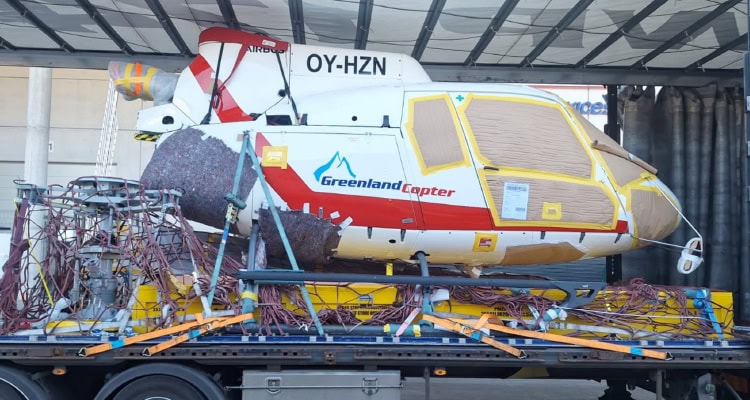
B&H Worldwide completed its first helicopter transport for Pacific Aircraft Services, moving an Airbus H125 from Oslo, Norway, to Christchurch, New Zealand. The complex international journey began with ground transportation from Oslo to Brussels, where the helicopter was prepared for air freight. B&H secured a PGA pallet and coordinated with Singapore Airlines to arrange two consecutive freighter flights.
To ensure the aircraft’s integrity in transit, the team followed B&H’s proprietary helicopter transport guide, securing the cargo to meet strict international aviation safety standards. Multiple customs regimes were navigated along the way. In Singapore, real-time logistics management enabled B&H to secure an earlier flight connection, cutting four days off the original delivery timeline.
Once the helicopter arrived in Auckland, it underwent reassembly and certification by the Civil Aviation Authority before being transported to its final destination in Christchurch. This early arrival allowed Pacific Aircraft Services to transition immediately into operational readiness.
Behind the Curtain: It’s Show Time
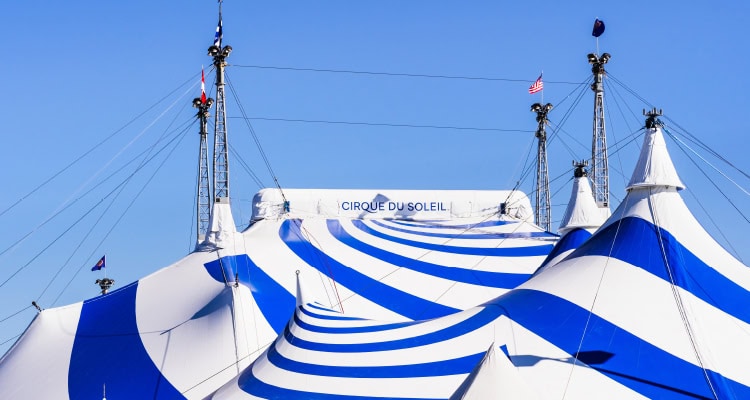
Moving a world-renowned stage production across continents is no small feat—especially when time is short and the cargo includes massive, custom-designed theatrical elements.
For Cirque du Soleil’s LUZIA, a show celebrating Mexico, logistics became the star of the performance. With a tight turnaround following the final Sydney performance, the production needed to leap across the Pacific to New York City in record time.
Enter Atlas Air Worldwide, which executed a high-stakes, precision airlift to transport LUZIA’s full stage setup using two Boeing 747-400 freighters. Traditionally, Cirque du Soleil has moved its shows by sea between continents and by road within countries, but the time constraints for the North American tour required a shift in logistics strategy.
Every detail mattered. From the moment Atlas received the logistics brief, the team began coordinating directly with Cirque’s operations specialists to develop a streamlined transport plan. The goal: move hundreds of tons of intricate equipment—including a custom rain curtain, two 4,500-kg treadmills repurposed from mining conveyors, and sensitive lighting and water systems—from Sydney Airport to New York’s Kennedy Airport.
Loading required precise choreography, with cargo handlers ensuring each custom-built crate was secured for long-haul air transport. Given the complexity and sensitivity of the gear, Atlas employed custom restraints and reinforced pallet solutions to prevent shifting in flight. Crews worked around the clock to load and offload cargo, to minimize ground time and expedite customs clearance upon arrival.
Timing was critical: any delay would have jeopardized LUZIA’s premiere on Randall’s Island in New York. Thanks to Atlas, the mission was completed two months faster than a comparable ocean shipment.
Delivering Rail Safety’s Future
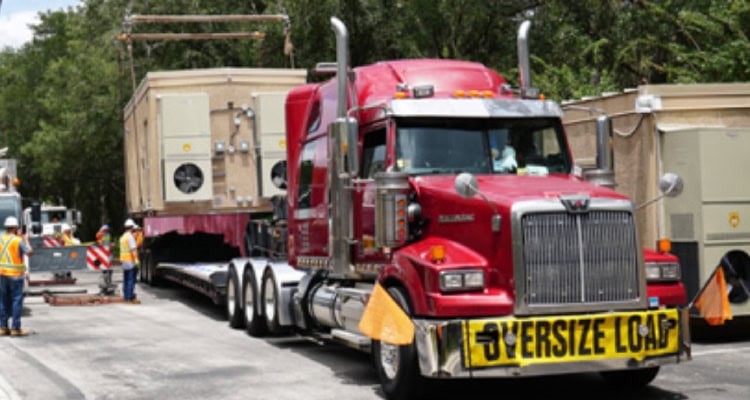
Ensuring train safety increasingly relies on advanced technology like AI-powered data centers. But before these systems can enhance rail safety, they need to be transported, a task demanding specialized logistics. Landstar recently undertook such a challenge, moving a cutting-edge data center from Jacksonville, Florida, to an Amtrak site in New Jersey.
The data center is an imposing piece of equipment: 35 feet long, 13 feet wide, and 11 feet high, weighing 57,000 pounds. Its sheer size meant it couldn’t simply be loaded onto a standard flatbed. This was a job for a specialized tractor-trailer, specifically a double-drop extendable trailer with eight axles.
The loading process alone underscored the complexity of the move. It took several hours for cranes to carefully lift and position the massive data center onto the specialized trailer.
Once secured, the data center embarked on its journey to an Amtrak site in New Jersey, where it will become the “brains” of a system that uses machine vision and AI to analyze moving trains, detecting potential safety issues at speeds over 70 mph.
Ready to Race by Air and Sea
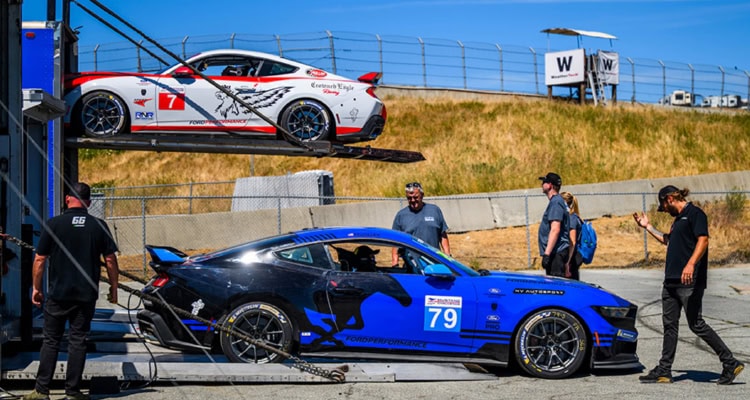
Ford Performance recently executed a high-stakes international logistics operation, delivering 35 Mustang Dark Horse R race cars and their teams to France for the inaugural Mustang Challenge Le Mans Invitational in June 2025. This marked the international debut of the IMSA-spec Mustang Dark Horse R and was the largest-ever group shipping effort by an American manufacturer to Le Mans.
Ford split the operation into two parallel supply chains: one by air and one by sea. For the air route, 22 race cars and their support equipment were trucked to a prep facility in Spartanburg, South Carolina, before being loaded onto a Boeing 747 freighter bound for Frankfurt, Germany. This approach enabled the fastest possible delivery for teams needing extra prep time.
Concurrently, an additional 20 Dark Horse Rs were sent via sea freight to Antwerp, Belgium, where they arrived ahead of the race weekend. These cars, mainly rentals for international customers, were united with the air-freighted vehicles near Le Mans before undergoing a two-day shakedown at Circuit Lurcy-Lévis, located just three hours from the track. The combined fleet was then moved to the Maison Blanche support paddock for final pre-race preparations.
Executing the large-scale operation required deep coordination. Ford Performance partnered with Scan Global Logistics, a freight company that not only arranged transport but also stationed staff at the Mustang Challenge round at Laguna Seca to walk team representatives through customs documentation, export protocols, and final paperwork.
From factory to paddock, the logistics orchestration ensured that when the green flag dropped in Le Mans, every Mustang was ready to race.
The Answer is Floating in the Wind
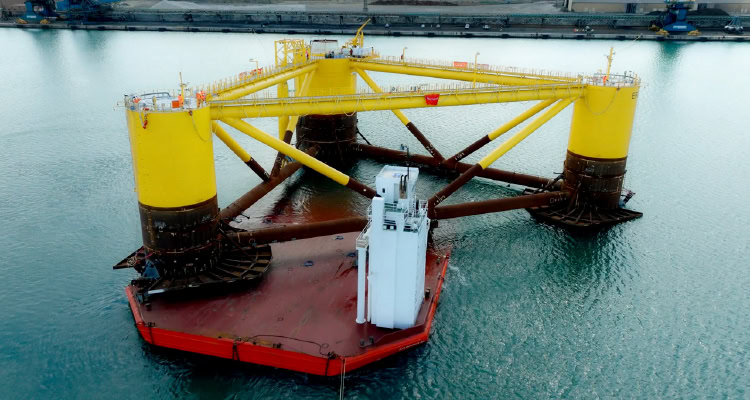
Imagine moving structures as heavy as 2,500 tons each, not just across land, but into the sea with pinpoint precision. That’s what GEODIS accomplished in a recent, monumental operation for the Les Éoliennes Flottantes du Golfe du Lion (EFGL) pilot project, one of the world’s largest floating offshore wind farms. Designed by Principle Power for Eiffage Metal, these colossal structures are the backbone of a project advancing renewable energy.
Standard transportation wasn’t an option; the job required a bespoke solution. From April to June 2025, a dedicated GEODIS team was on-site at the Grand Port Maritime de Marseille in Fos-sur-Mer, France. Their task involved moving these leviathans from the Eiffage Darsette site to the Carfos terminal.
The sheer scale of the operation demanded an exhaustive engineering phase long before any movement began. This included meticulously designing specialized grillage and sea fastening systems to secure the foundations, performing precise ballasting calculations to ensure stability during the float-off, and coordinating seamlessly with local port authorities. Stringent environmental and safety protocols governed every step.
For the float-off, GEODIS deployed a specially selected semi-submersible barge, chosen for its unique ability to partially submerge. The process was a carefully orchestrated sequence: the barge was ballasted—filled with water—to strategically lower itself, allowing the immense floating foundations to be safely and smoothly launched into the water. Despite the strict weather windows and conditions required for the delicate maneuver, GEODIS executed the float-offs without a hitch.
